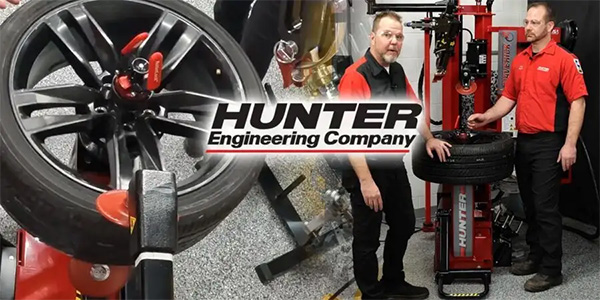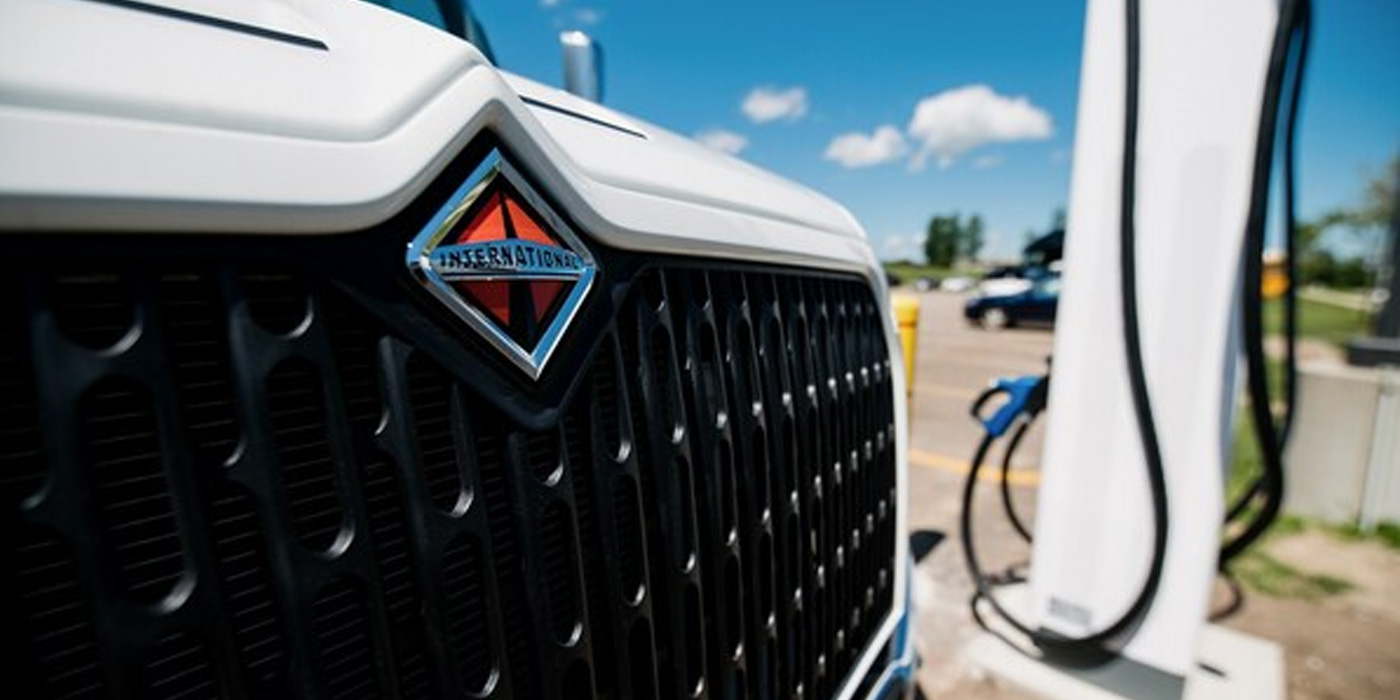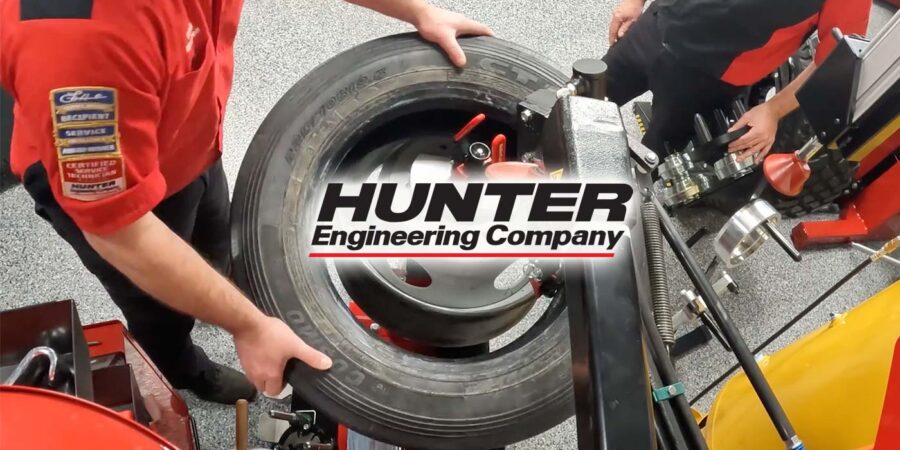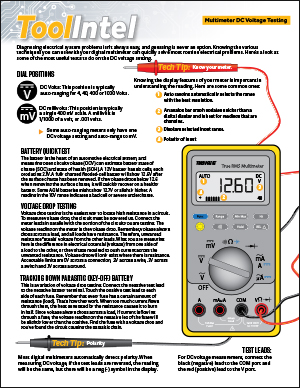By Eric Seifert
Automotive Technical Editor
Marty dropped off his 2002 Mustang GT saying there was a burning smell inside the car. He also noticed a wisp of smoke from the passenger side when parked in his garage. After some investigation with leak detection dye and a black light, I called Marty with the bad news.
Some vehicles equipped with the Romeo 4.6L 2V engine or 5.4L 2V Windsor and 5.4L Supercharged engine may exhibit an oil leak or oil weepage from the cylinder head gasket at the right-hand rear or the left-hand front of the engine. Oil weepage is not considered detrimental to engine performance or durability. An oil leak may be caused by metal chip debris lodged between the head gasket and the block, chip debris between the cylinder head and the head gasket, or by damage to the cylinder head sealing surface that occurred during the manufacturing process.
Once an oil leak is verified with a black light test at the head gasket joint, replacement of the head gasket can be performed. If the head was damaged by chip contamination, the head should be replaced. A revised “service-only” gasket is now released for both of these cases.
Required for service are:
• A straightedge (machine flatness toleranced to 0.0002” per foot in length) that’s available from local tool dealers or as provided by Ford Motor Company;
• Motorcraft Silicone Gasket Remover (ZC-30);
• Metal Surface Prep (ZC-31); and
• Service-only gasket (3U7Z-6051-BA for driver’s side and/or 3U7Z-6051-AA for passenger’s side) with the new embossed area.
 Applicable Vehicles: 1999-2002 Crown Victoria, Mustang, Town Car; 1999-2001 E Series, Expedition, F-150 F-SuperDuty; 2000-’01 Excursion; 1998-’99 Navigator and 1999-2002 Grand Marquis.
Applicable Vehicles: 1999-2002 Crown Victoria, Mustang, Town Car; 1999-2001 E Series, Expedition, F-150 F-SuperDuty; 2000-’01 Excursion; 1998-’99 Navigator and 1999-2002 Grand Marquis.
Repair Procedure
Cylinder heads damaged by brinnelling (depression marks from original gasket) of the head may still be reusable. The revised “service-only” gasket has a feature by which the embossed sealing area does not follow the same sealing path as the original gasket. This area is surrounding the High Pressure Oil Feed (HPOF) area. It’s triangular in shape and is found in the rear of the passenger’s side cylinder head, or in the front of the driver’s side cylinder head (see Figures 1 and 2).
The engine should be allowed to cool before removing the head or warpage may occur in deck flatness.
The cylinder head and block decks should be cleaned before performing a flatness check. Dark metal stains below the surface of the metal are normal. Do not attempt to polish off the stains with grinders or scrapers. Use a plastic scraper (or plastic ice scraper or equivalent) to pull away any residual silicone RTV with ZC-30 and ZC-31 applied in sequence.
 The repair information and labor times have been updated for both cars and trucks using 4.6L 2V and 5.4L 2V and Supercharged 5.4L engines. These include instructions to remove the engine prior to removing the cylinder head. Labor times allow for extra time in engine removal and cylinder head deck leak repair out of the vehicle.
The repair information and labor times have been updated for both cars and trucks using 4.6L 2V and 5.4L 2V and Supercharged 5.4L engines. These include instructions to remove the engine prior to removing the cylinder head. Labor times allow for extra time in engine removal and cylinder head deck leak repair out of the vehicle.
Cylinder head kits are available on most applications from Ford and include complete head assembly, with cam and valves; head bolts, service-only head gasket; both intake gaskets exhaust gasket; one rocker cover gasket; and one set of exhaust studs and nuts.
If it’s found that only one head is leaking, it’s not necessary to remove the other head. Repair only the side for which leakage occurs.
ALLDATA Technical Editor Eric Seifert is an ASE-certified Master Technician and Engine Machinist, with 20 years of independent shop and parts store experience.
Technical service bulletin courtesy of ALLDATA.
For additional information, visit www.alldata.com.














